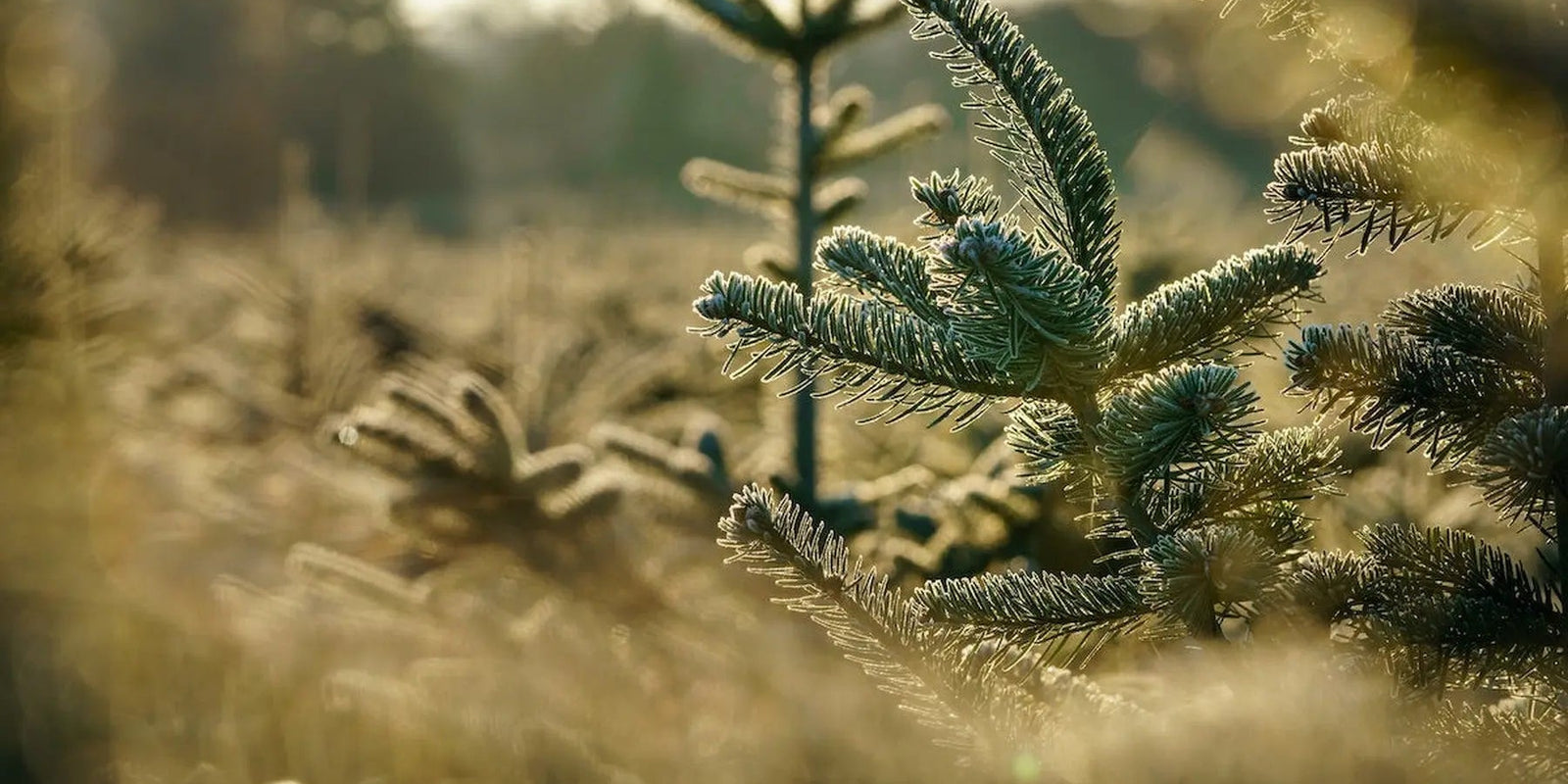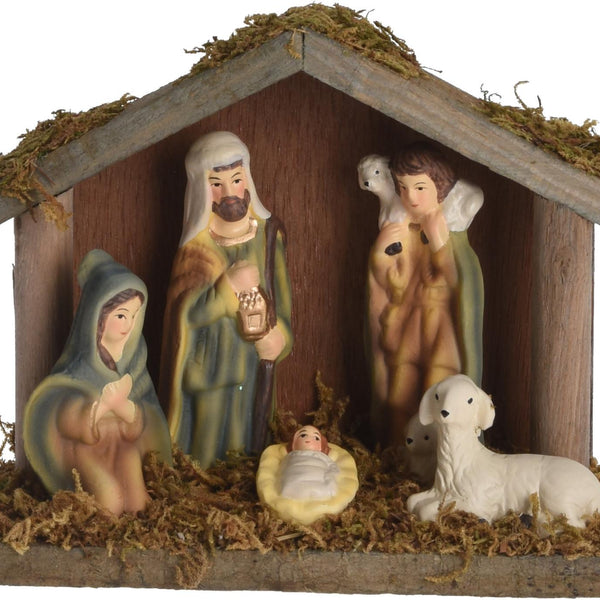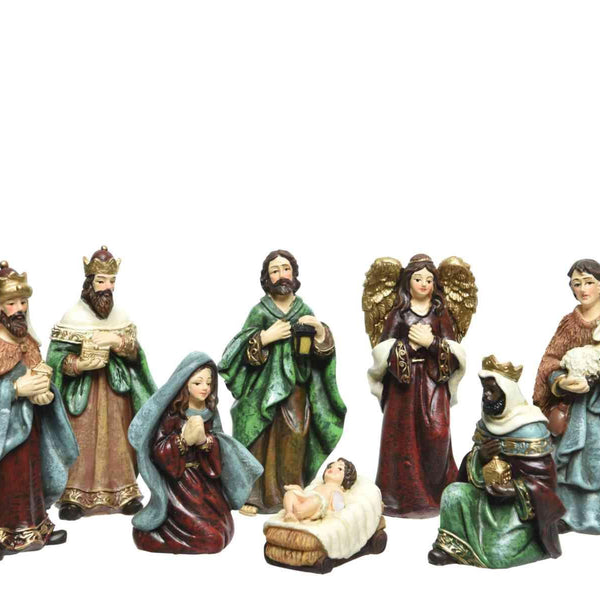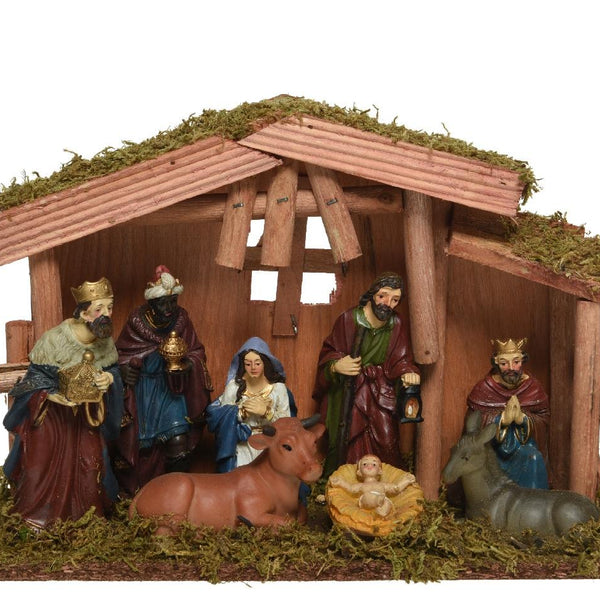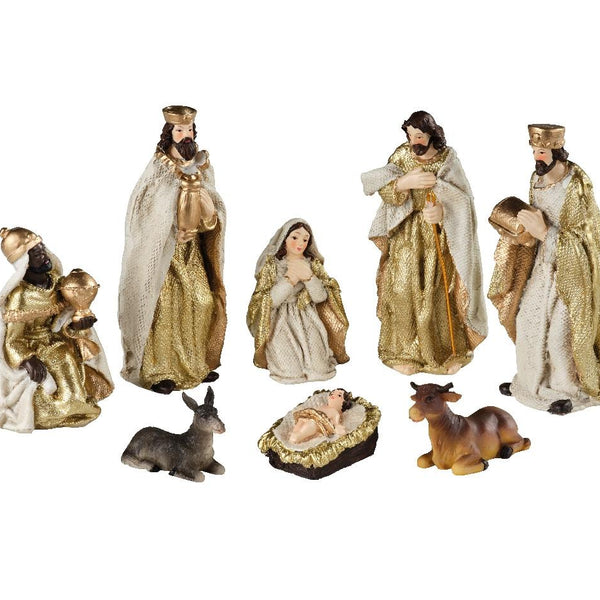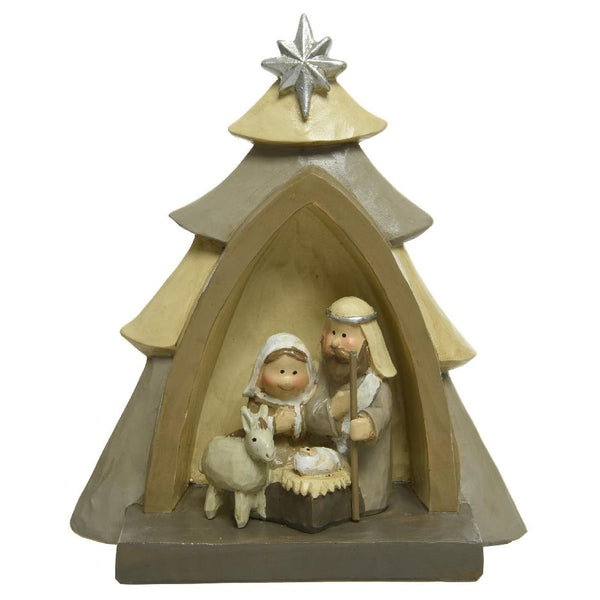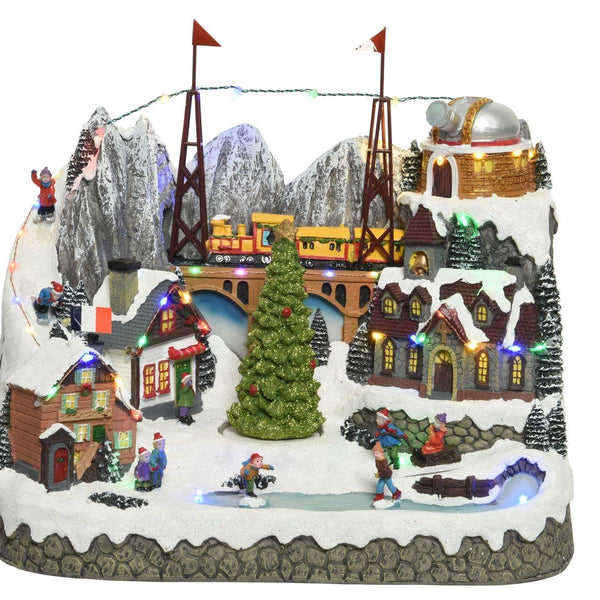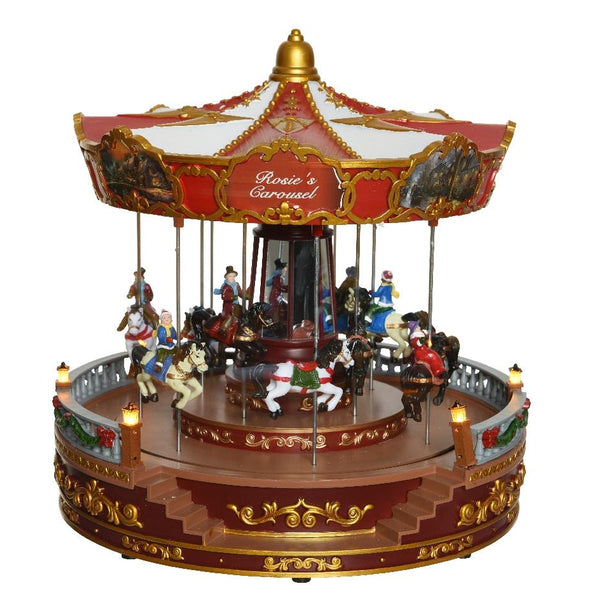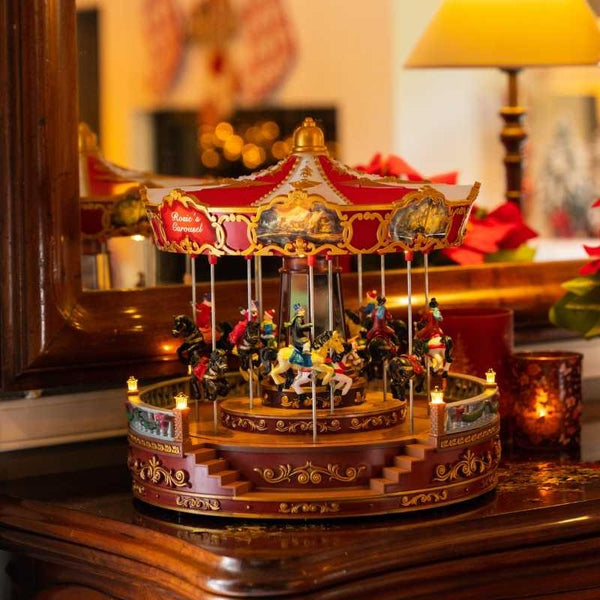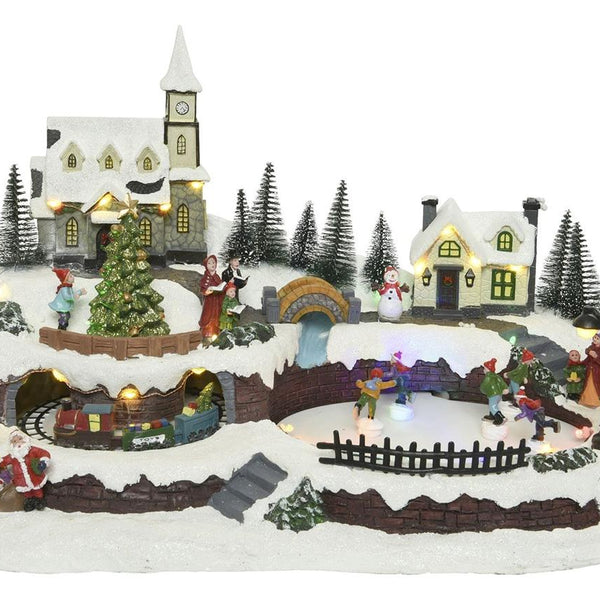The history of the Christmas tree begins well before the birth of Jesus Christ, around 1600 BC. At that time, December 24th corresponded to the day of the birth of the sun and this birth was symbolized by the spruce (not yet the Nordmann), the tree of childbirth.
A few centuries later , in the Celtic calendar, each month was associated with a tree, and December was associated with the spruce (again, not yet the Nordmann). At the same time, for the pagan festival of the passage to the winter solstice, a tree (fir or other) was decorated with flowers, fruit, and wheat from the previous harvest.
The church, somewhat dissatisfied with the success of this pagan festival, then established December 25 as the date for celebrating the birth of Jesus Christ.
It was in the 12th century that the Christmas tree, which would become our actual Christmas tree, appeared. It was decorated with red apples and symbolized the tree of paradise. This futuristic Christmas tree appeared in Alsace.
In the 15th century, the Christmas tree was decorated with apples, cakes, and sweets. It was the Protestants who developed the tradition of the Christmas tree to differentiate themselves from the Catholics.
In the 17th and 18th centuries the first illuminations appeared on the Christmas tree, candles, tapers or nutshells filled with oil.
The first Christmas tree at Versailles was decorated in 1738 by the wife of Louis XV, and the one at Thuileries in 1837 by the Duchess of Orleans. It was during this period that the tradition of the Christmas tree became widespread in France and Belgium.
Today you can even buy your Christmas tree online and have it delivered to your home at https://sapinbelge.be/
Merry Christmas and a happy Christmas...
